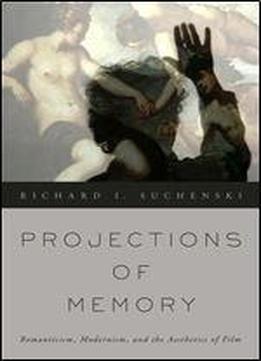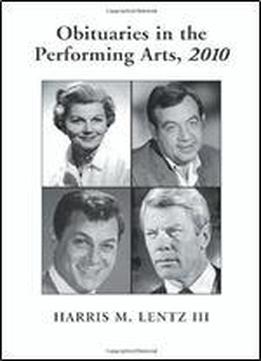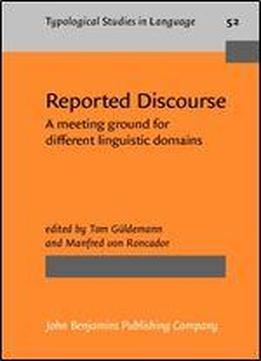
Projections Of Memory: Romanticism, Modernism, And The Aesthetics Of Film
Tags:
Although the length of commercially distributed feature films has remained relatively standardized since the mid-1910s, there is also a small but substantial body of ambitious works that utilize their extraordinarily long durations to give cinema the character of a religious ritual. While their methods and overall goals vary considerably, these works actively participate in a modernist exploration of the relationship between form and content, often taking their innovations to what seem to be their limits, simultaneously establishing and exhausting their own paradigms. Their makers strove to create cinematic cathedrals, monuments to the imagination that promise profound transformations of vision, selfhood, and experience. Unique both in their formal adventurousness and their modes of presentation, works like Napoleon (Abel Gance, 1927), Eniaios (Gregory Markopoulos, 1947-1992), Out 1 (Jacques Rivette, 1971), and Histoire(s) du cinema (Jean-Luc Godard, 1988-1998) utilize their temporal scale to create a particularly intense form of spectatorial engagement that is wedded to or related to a larger utopian program.0Synthesizing their disparate influences into magisterial edifices, these projects treat cinema as a space in which the most ancient forms can be made radically new.








